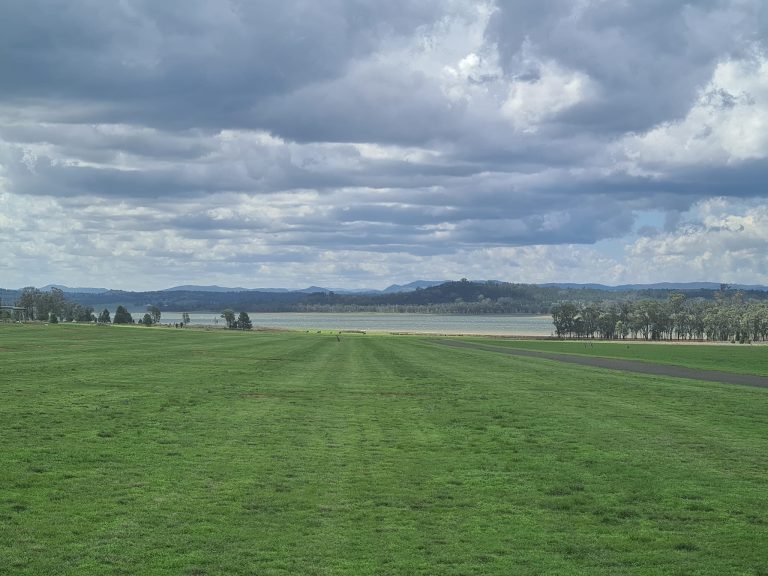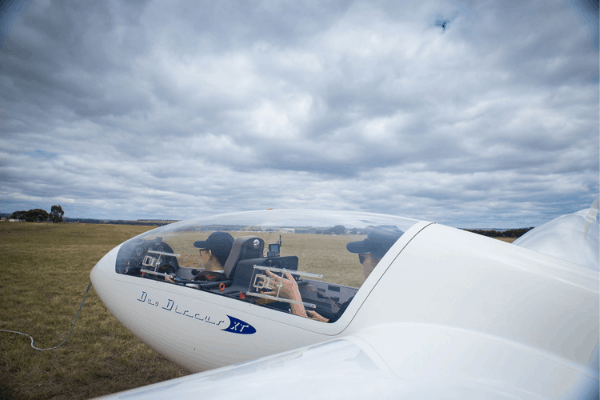Proposal to lower base of class e airspace between Cairns and Melbourne
As most members would be aware, in late January 2021 Airservices Australia put forward a proposal to lower the base of Class E airspace to 1,500ft AGL in medium and high density enroute airspace between Cairns and Melbourne from December 2021. The proposal was given a very short consultation period and was not supported by Industry. A revised ASA proposal was recently put forward that GFA is reviewing, and a suitable response will be formulated and sent to various stakeholders. Members will also be provided with details of GFA’s position in due course and will be encouraged to lodge individual submissions via the feedback form prior to its closure on 30th April 2021.
The increase in Class E airspace, IF approved by CASA’s Office of Airspace Regulation, would have limited impact on gliders under the current regulatory regime for the following reasons:
- Since 2018, the only equipment requirement is for gliders to carry a radio in order to monitor the area VHF frequency in Class E airspace (refer to Section 19.4 of MOSP2). To minimise the risk of collision between gliders flying in groups in Class E airspace, CASA and GFA agreed certain formal processes that allow glider pilots to use a discrete frequency in Class E airspace while providing greater situational awareness to other airspace users as follows:
- When flying in groups, glider pilots can nominate one aircraft to monitor air traffic control and pass on traffic information to other gliders using a discrete glider frequency.
- Special arrangements can also be made for gliding competitions or events, with authorisation to be provided through a NOTAM issued by Airservices Australia.
- Gliders and other aircraft without an engine-driven electrical system capable of continuously powering a transponder are exempt from the requirement to carry a serviceable Mode S transponder in controlled airspace, or in class G airspace above 10,000ft (refer paragraphs 9BA.5 and 9E.3 of Civil Aviation Order (CAO) 20.18).
There are broader impacts on gliding operations arising from the impact of expended Class E airspace on GA, RAAus and other aircraft not covered by this exemption. The requirement for those aircraft to carry and operate Mode S transponders and radio would actually exclude them from this airspace, which could impact on aerotowing aircraft, ferry flights etc. This could also result in a higher concentration of non-equipped aircraft sandwiched in Class G airspace below Class E airspace, close to weather, smoke, haze and and terrain. Other adverse impacts on situational awareness and collision avoidance could arise from frequency changes, being on wrong frequencies, and frequency congestion.
Airservices are encouraging inputs and comments on risks, and with broad industry comments, an amended proposal will be submitted to the CASA Office of Airspace Regulation for approval. In anticipation of this, CASA has initiated a survey of the equipment (radio and transponder) currently carried by VFR aircraft and the extent of their operations at different aerodromes. This will provide important data on the number of aircraft that would be potentially impacted by Airservices’ proposal, and the significant cost of installing and then maintaining the equipment to operate in Class E airspace. CASA OAR will also need to consider potential changes in the risk profile for VFR traffic, and around regional airport “hotspots”, and the possible impacts on initiatives to make greater use of Electronic Conspicuity (EC) and low-cost low-power ADS-B in VFR aircraft within Class G airspace.
It is therefore extremely important to glider owners and pilots that CASA gains a full appreciation of the extent and cost of the potential disruption, which will inform their ultimate decision. GFA recommends that all members owning or operating an aircraft accurately complete the survey before it closes on 16 May 2021. This survey is very easy to complete and is available from the CASA website or at:
https://consultation.casa.gov.au/stakeholder-engagement-group/vfr-equipment/
Note: CASA is also reviewing the recreational aviation VHF radio requirements in Class G airspace in conjunction with the development of CASR Part 103, which includes many of the regulations around recreational aviation flying operations, maintenance, and training. This is another reason why it is important for members to complete the equipment survey.







